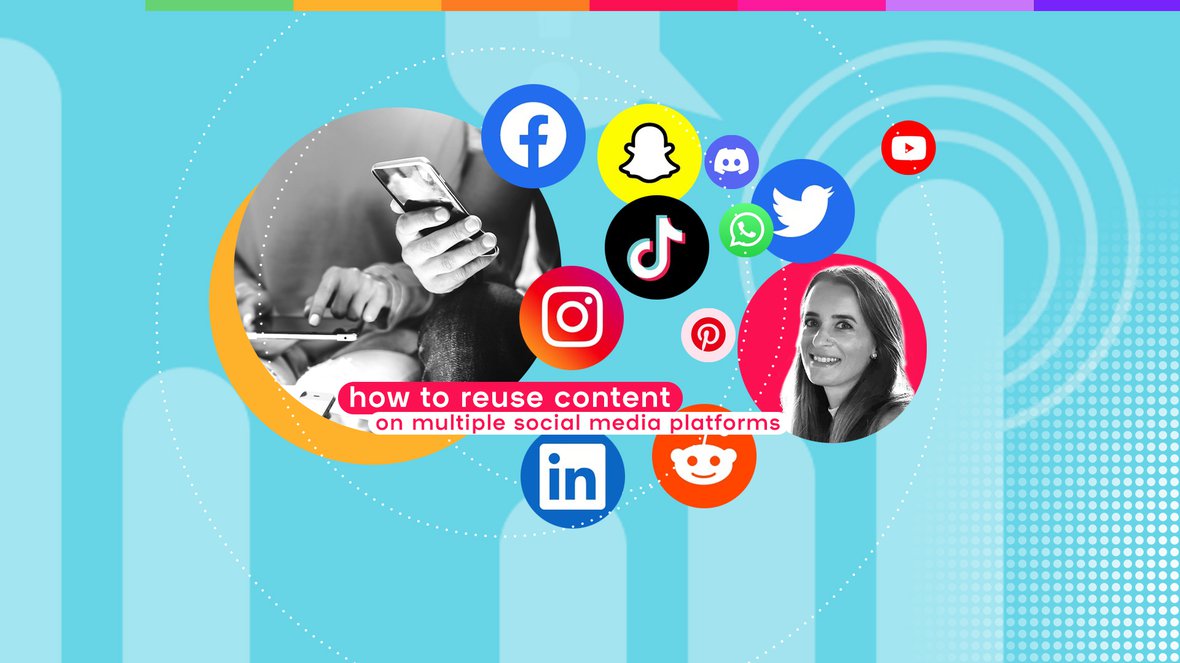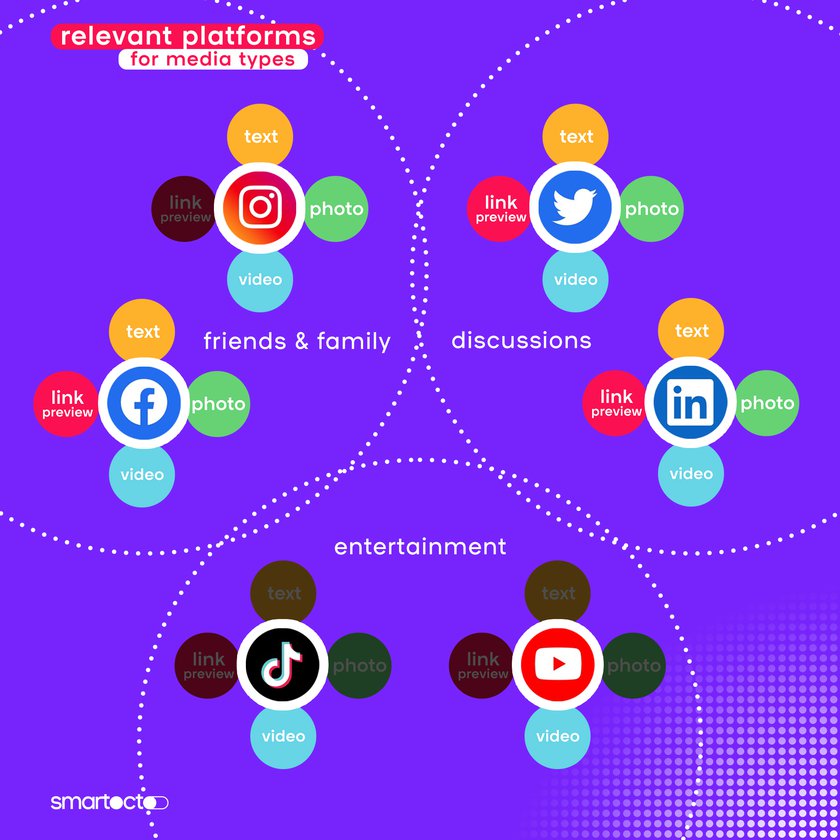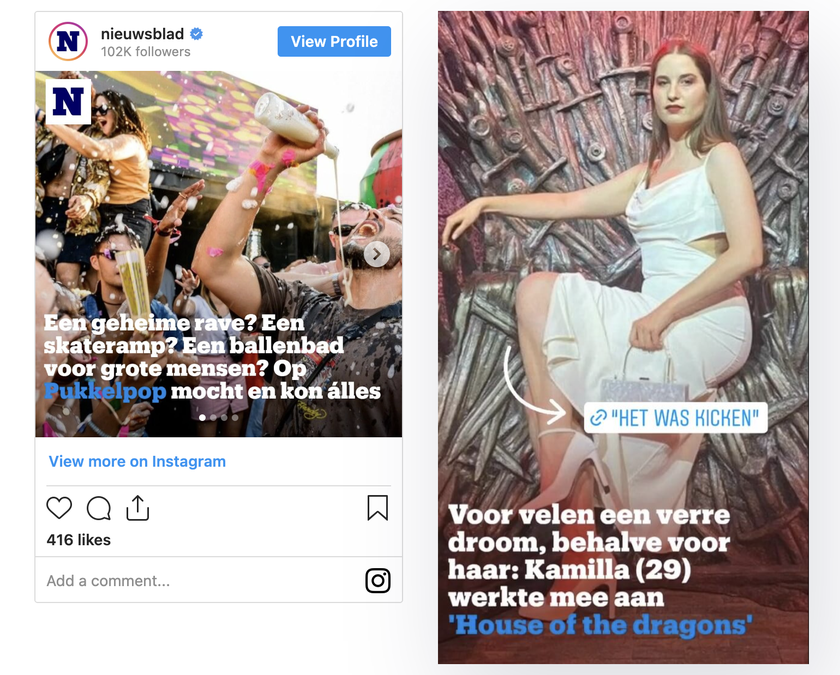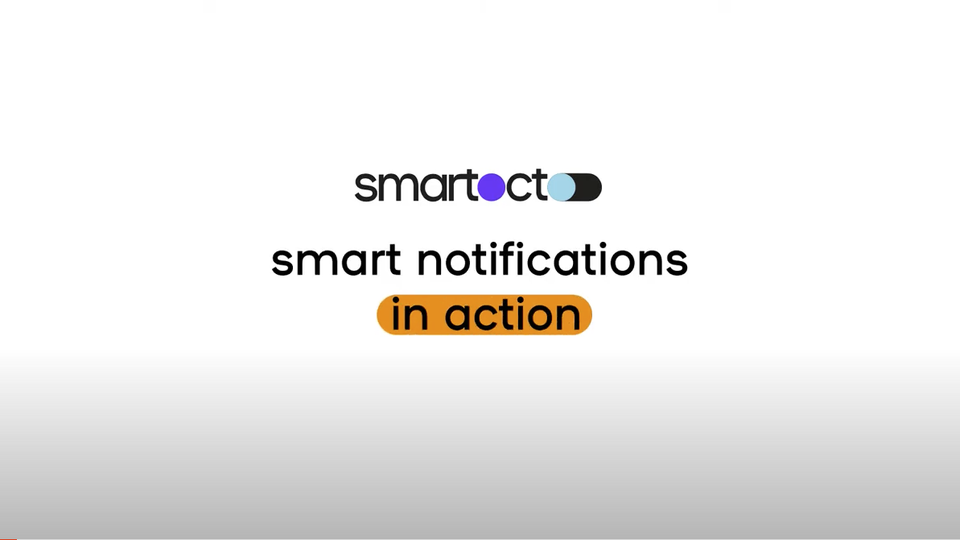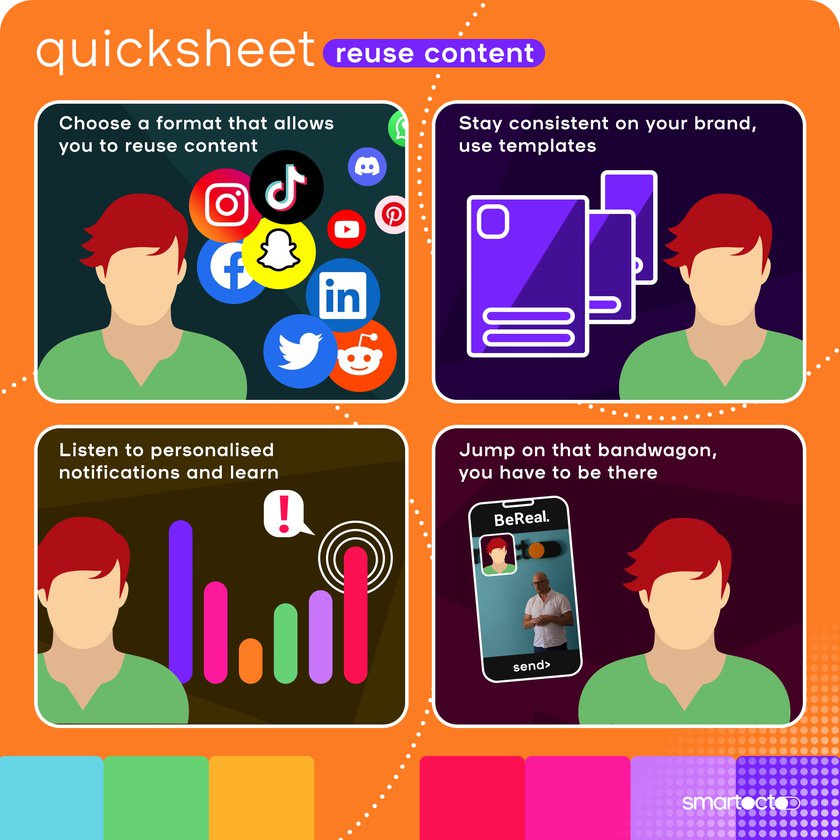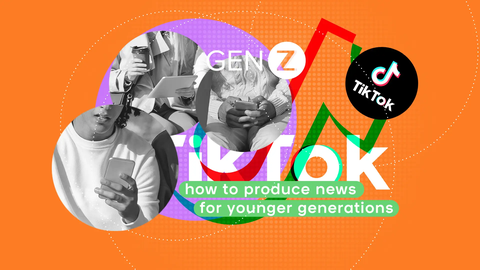Posting on multiple social media platforms will likely enable you to reach a bigger share of your audience. But there’s a question: how can you be everywhere and not completely lose focus?
You’re probably already active on multiple social media channels, rather than just one. Having logins for Twitter, Facebook and TikTok is all well and good, but if you’re posting the same link across all these channels, you shouldn’t be surprised if you’re not getting anywhere.
What should you be doing? Basically, reusing your content.
But in order to do that, you must be able to recognise what type works best for each social media channel. If you find there is some overlap, you won’t need to do much to get a better fit. Once you get the hang of it, you will be able to turn a single content idea into reusable content and reach a wider audience.
Is this a less is more approach? Yes - and no - according to Olivia De Beukelaer. As marketing director of Content Stadium, a tool that helps newsrooms to create, share and post on-brand social media content, she points out that the audience could have different expectations and needs depending on the social media channel.
